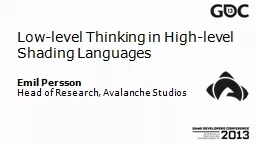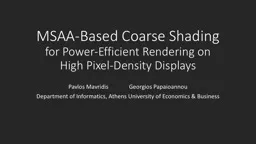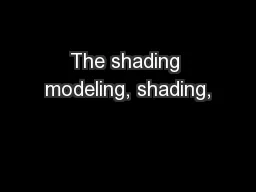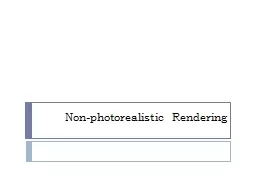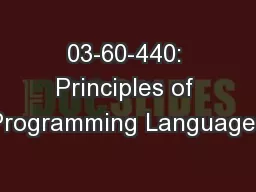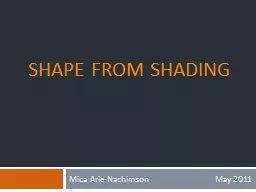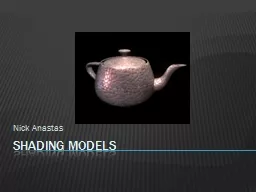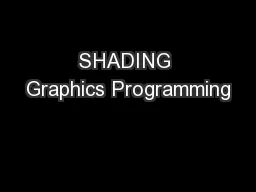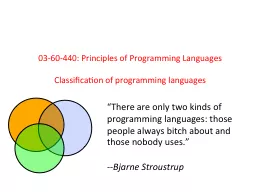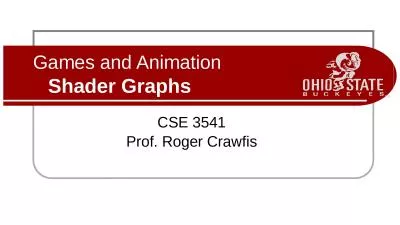PPT-Low-level Thinking in High-level Shading Languages
Author : giovanna-bartolotta | Published Date : 2016-07-21
Emil Persson Head of Research Avalanche Studios Problem formulation Nowadays renowned industry luminaries include shader snippets in their GDC presentations where
Presentation Embed Code
Download Presentation
Download Presentation The PPT/PDF document "Low-level Thinking in High-level Shading..." is the property of its rightful owner. Permission is granted to download and print the materials on this website for personal, non-commercial use only, and to display it on your personal computer provided you do not modify the materials and that you retain all copyright notices contained in the materials. By downloading content from our website, you accept the terms of this agreement.
Low-level Thinking in High-level Shading Languages: Transcript
Download Rules Of Document
"Low-level Thinking in High-level Shading Languages"The content belongs to its owner. You may download and print it for personal use, without modification, and keep all copyright notices. By downloading, you agree to these terms.
Related Documents

